How to Saute Properly with Confidence
Sautéing is one of the quickest, most versatile techniques you can master in the kitchen. Using a small amount of oil or butter and high heat, you cook thin or small pieces of food quickly, developing rich, layered flavors while keeping ingredients tender and vibrant.
It’s perfect for crisp-tender vegetables, thin cuts of meat, poultry, or seafood, aromatics like garlic and onions, or even tofu. Sautéing gives you great control: a quick toss here, a sizzle there, building flavor in real time.
Best of all, it requires no fancy equipment—just a good skillet, some heat, and a watchful eye. In this post, you’ll learn the essential tips, tools, and techniques to sauté like a pro, along with plenty of recipe ideas to spark your creativity.
Whether you’re a new cook or a seasoned one, sautéing will become one of your go-to methods for fast, flavorful meals. It opens up endless possibilities for delicious, satisfying cooking.
The Formula To A Great Saute
Saute Technique = Good Saute Pan + High Heat + A Little Fat + Uniformly Cut Ingredients
Sautéing vs. Pan-Frying: What’s the Difference?
It’s easy to think of sautéing as any kind of stove-top cooking in a skillet—but by definition, sautéing refers to cooking small or thin pieces of food quickly over high heat with a small amount of fat, while moving the food around the pan. The goal is fast cooking with even browning, keeping the texture tender and the flavors bright.
When you’re working with larger or thicker cuts of meat, like a whole chicken breast, the technique shifts slightly. Because thicker pieces need more time to cook through, they’re typically pan-fried instead.
You start by browning one side, then the other, often lowering the heat to finish cooking gently. You might even finish the dish in the oven.
So if you want to truly sauté chicken, slice, cube, or pound it thin. If you prefer to cook a whole breast, you’re technically pan-frying—still delicious, just a slightly different method!
Can You Saute a Whole Chicken Breast?
You can sauté a whole chicken breast, though there are a few tips to make it work well.
Since a whole chicken breast is relatively thick, the key is to either:
Pound it to an even thickness (about ½ to ¾ inch thick), or
Butterfly it so it cooks quickly and evenly in the pan.
- Cutting it into pieces (like strips or cubes) is another excellent option, especially for stir-fries or faster meals, but it’s not required. It depends on the dish and the texture you want.
If you sauté a thick breast without thinning it out, you risk having the outside brown before the inside is fully cooked.
When properly prepared, sautéing a whole chicken breast gives you a beautifully golden, flavorful crust while keeping the meat juicy. It’s how dishes like Chicken Piccata or Chicken Marsala are typically prepared—whole breast sautéed, then finished with sauce.
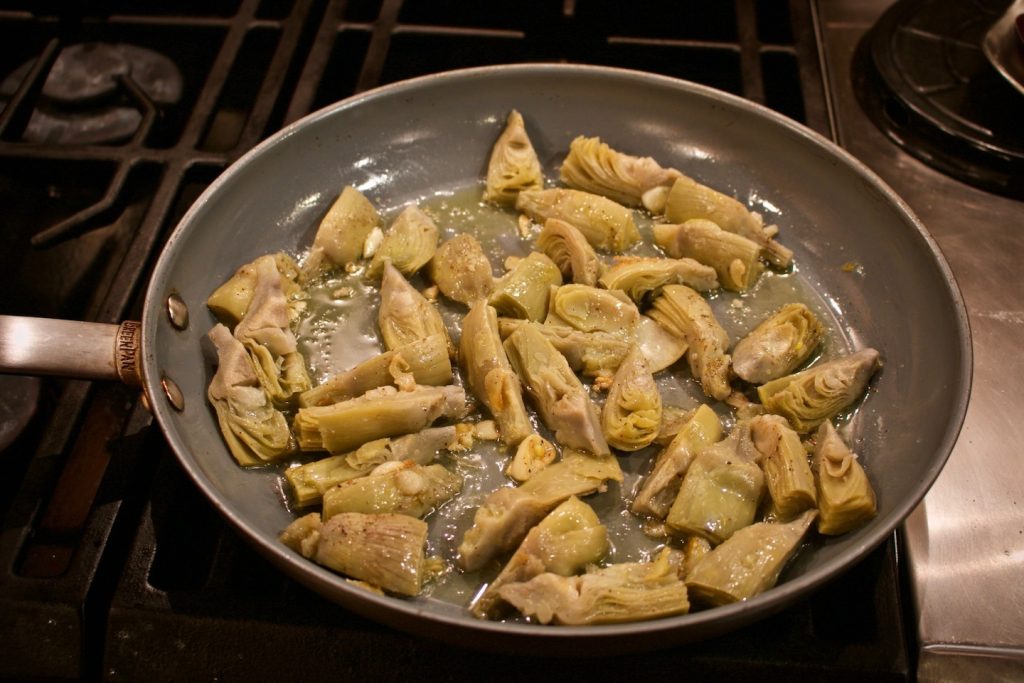
What Types of Foods Are Best For Saute
When it comes to sauteing, many different types of ingredients can be cooked using this method. In general, sauteing is an excellent technique for quickly cooking small pieces of food that are either dense or delicate in nature.
One of the most common types of ingredients to sauté is vegetables. Sauteing is an excellent method for cooking vegetables, as it allows them to retain their natural flavors and textures.
It is also a great way to cook a large quantity of vegetables quickly. Some of the best vegetables for sauteing include onions, garlic, bell peppers, mushrooms, zucchini, and broccoli.
In addition to vegetables, sauteing is a great technique for cooking seafood. Shrimp, scallops, and salmon are all excellent choices for sautéing, as they cook quickly and can be flavored with a variety of seasonings and sauces.
Overall, sautéing is a versatile cooking technique that can be used to cook a wide range of ingredients. So, whether you are looking to cook vegetables, meats, or seafood, sauteing quickly is a great option to consider.
Food Type | Popular Dish Example | Wine Pairing |
| Chicken Breast | Chicken Piccata | Pinot Grigio or Chardonnay |
| Shrimp | Garlic Butter Sautéed Shrimp | Sauvignon Blanc |
| Mushrooms | Sautéed Mushrooms with Thyme | Pinot Noir |
| Spinach | Garlic Sautéed Spinach | Vermentino or Albariño |
| Zucchini | Sautéed Zucchini with Parmesan | Rosé |
| Beef Strips | Beef Stir-Fry with Vegetables | Syrah or Zinfandel |
| Scallops | Pan-Sautéed Scallops with Lemon Butter | Chardonnay or Champagne |
| Green Beans | Sautéed Green Beans with Garlic and Almonds | Grüner Veltliner |
| Tofu | Sautéed Tofu with Soy and Ginger | Riesling |
| Eggplant | Sautéed Eggplant with Basil and Garlic | Sangiovese |
| Bell Peppers | Sautéed Bell Peppers and Onions | Grenache |
| Pork Tenderloin | Sautéed Pork Medallions with Apple Compote | Viognier |
Equal-Sized Ingredients
Cut ingredients into uniform sizes so they cook evenly. Whether you’re working with aromatics, chicken breasts, fish fillets, or steak medallions, consistency matters.
Finely chop or mince aromatics so they release flavor quickly. If pieces vary in size, smaller ones will overcook while larger ones remain underdone. That’s why culinary students spend hours practicing precise cuts for every dish.
The Right Pan For The Job
Some say the pan should have sloped sides; others say it should be straight. To me, it doesn’t matter as long as the pan has a dense, heavy bottom that spreads the heat evenly without any hot spots. It has to be big enough to cook your ingredients without crowding, so buy accordingly.
Non-stick is ok if you don’t plan to make pan sauces, but you need a little sticking to create the “fond,” or the brown bits that stick to your pan responsible for those delicious sauces served in your favorite restaurants. I use a non-stick pan for my sauteed spinach and broccoli rabe but prefer metal for everything else.
To learn more about what to look for in a good saute pan and how to purchase the best one for you, check out my Choosing A Good Saute Pan.
The Right Fat – Butter or Oil or Both?
It all has to do with smoking points. Butter (350°F) will give your food the best taste and an incredible golden crust but burns more efficiently. Oil (375° F – 450° F) produces a nice crust and will not burn as quickly, but it doesn’t leave as rich a flavor or color as butter alone. Most chefs will use different oils depending on what they are cooking.
If they are cooking a Mediterranean-style dish, they may choose olive oil, but if they are preparing an Asian dish, sesame oil might be the better choice. You match the oil to the style of cooking but remember much of the flavor will be cooked off because of the high heat, so you may be better off using a generic oil like canola or safflower and adding a little of the flavored oil at the end.
I use a combination of the two. This way, I get some of the flavors from the butter and a higher smoking point from the oil. What you cook and the amount you’re cooking will determine how much butter and oil you use.
For example, use about 1 to 1-1/2 tablespoons each for two or more chicken cutlets and 1/2 to 1 tablespoon each for two or more fish fillets.
How Much Fat?
Just enough to coat the bottom of the pan. You are not deep frying, so cover the bottom of the pan. When a recipe tells you to add two tablespoons of oil to the pan, how do they know what size pan you are using? Adding two tablespoons to a small pan may be too much. 2 tablespoons in a large pan might not be big enough. So add accordingly.
How Much Heat Should You Use When Sauteing?
I am asked this vital question often, so I wrote a short article describing How Hot Should You Heat Your Pan When Sauteing?
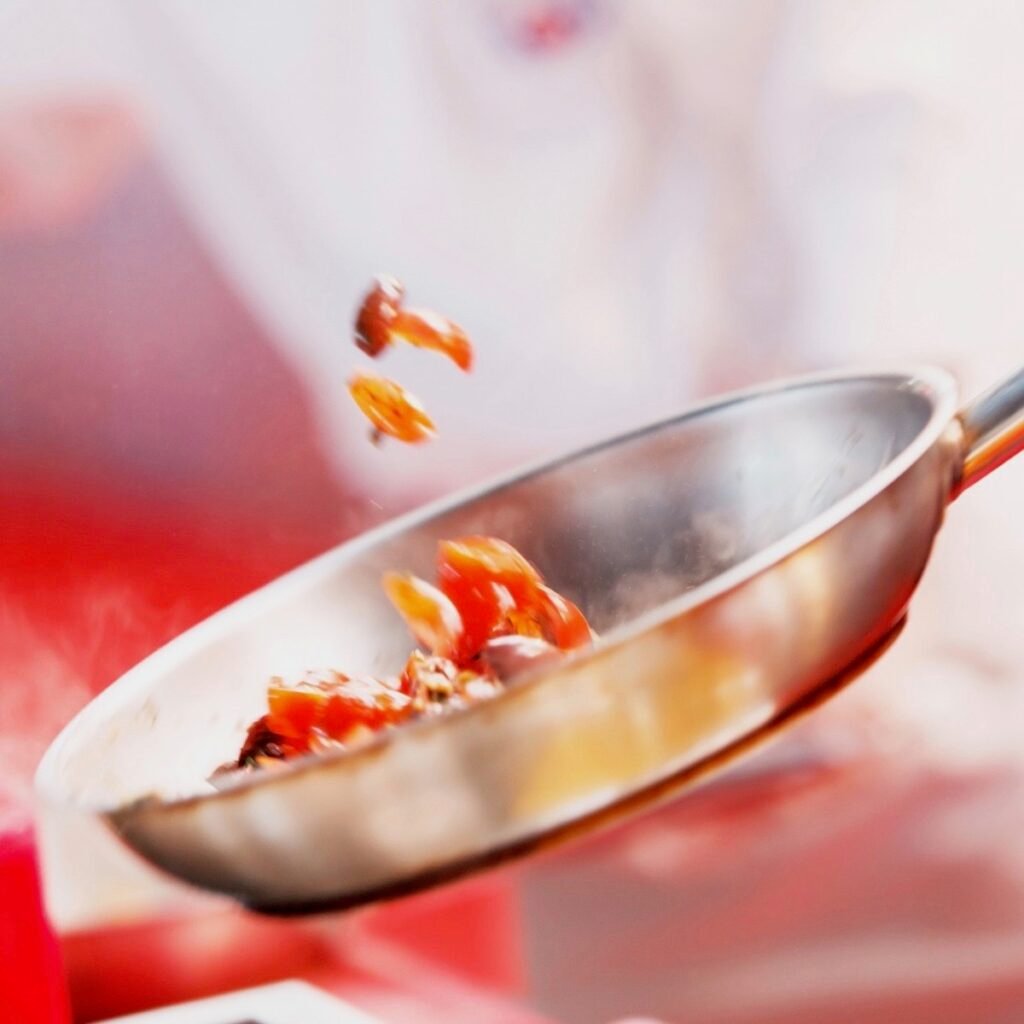
Basic Sauté Technique
Start by heating your pan before adding fat. If you’re using butter, you’ll know the pan is ready when the butter stops foaming and turns pale brown. If you’re using oil, watch for it to change from smooth to lined or shimmering—this means it’s hot enough to start cooking.
Be careful not to let the butter or oil smoke. If it starts to smoke, it’s too hot—remove the pan from the heat, wipe it out, and start over.
Once the oil shimmers, add your ingredients. For example, when I heated canola oil to just below its smoke point (about 435°F), I tossed in diced onions—and a few pieces literally jumped from the pan (that’s the sauté in action!).
Work quickly and don’t crowd the pan. The moment you add food, the pan will cool slightly. If the oil does begin to smoke, simply lift the pan off the heat for a few seconds to bring the temperature back down.
Cooking times vary depending on what you’re sautéing. Keep an eye on color, aroma, and texture to know when your food is perfectly done.
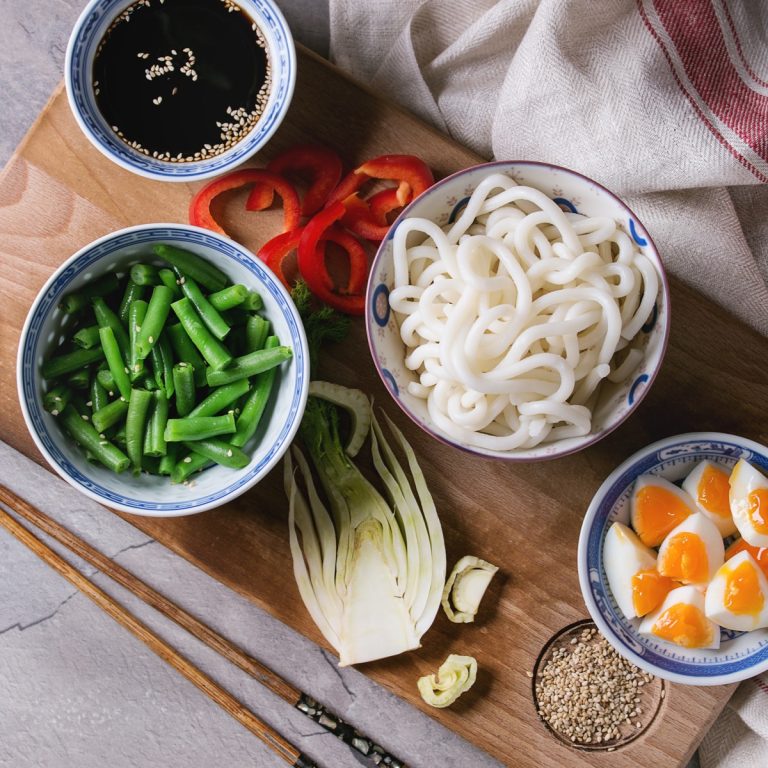
Pre-Heating Your Saute Pan Is Crucial
WHY?
The biggest mistake home cooks make when sautéing is not heating the pan enough. They take cold ingredients straight from the fridge, place them into a cold pan, and then turn on the heat. That’s a recipe for dry, tough meat, chicken, or fish—so don’t do it.
Have you ever wondered why cookbooks and cooking magazines always stress preheating the pan before adding butter or oil? I did, too.
After some digging, I contacted my friends Chef Todd Mohr and Chef Ricco DeLuca. They shared several key reasons why preheating your pan is essential:
Chef Todd Mohr
If you add cold protein ingredients to a cold pan and put it on the heat, the ingredients will release some moisture as it heats up, and you end up with dry meats and fish.
It’s hard to watch a home cook put that cold white piece of chicken in a saute pan, slowly releasing its moisture, gently simmering in its own fat, rather than searing at high heat.
Chef Ricco DeLuca
All pans have hot spots. These are places on a pan that heat up faster than the rest of the pan. If you add butter or oil to a cold pan and then heat it up, it can hit one of these hot spots and start burning.
If you start with a hot pan that is uniformly heated, there is less chance for the fat to hit a hot spot and burn. When sauteing, you want the butter to foam up before you start and the oil to “almost” start smoking.
If it starts smoking, you are too late, and the oil will leave a bad flavor to your dish. You want the oil hot but not smoking. Now you are ready to start the saute.
The expression, “A watched pot never boils,” means if you stand there and watch a pot of water come to boil, it seems like it is taking forever. As a result, our attention drifts, and we get distracted.
The same is true when heating butter and oil in a pan. Have you ever added some cold butter to a cold pan, pushed it around a bit, became distracted and walked away only to have the butter burn?
Why Not Just Preheat The Fat With The Pan
You might think it would save time to heat the fat in the pan simultaneously, but this is not a good idea. As fats heat up, they start to degrade once they reach 140° F.
So, rather than let the fat continuously break down from 140°F to your ideal temperature, it’s better to add the oil to an already hot pan.
How to Preheat a Saute Pan?
I suggest you put the pan on medium-high heat, and when it is hot enough to evaporate a few drops of water, you know it has to be at least 212° F. This is a good starting point to add your fat. If you have the heat too high, you risk the chance of burning the fat. Too low, and the fat won’t be hot enough.
Remember, you are ready to cook as soon as your pan becomes preheated, then you add your butter and/or oil. You may have to crank up your heat before you start to sauté. This is because the butter or oil will bring down the pan temperature.
Interesting Point About Heating A Pan
If you put it on low heat, won’t the pan keep getting hotter and hotter? That’s what I used to think, but the answer is no.
The pan will only get as hot as the amount of heat (BTUs) you apply. If you preheat a pan on low, it would get to a maximum temperature, and that’s it. To get more heat, you must add more BTUs or, like a gas stove, more flame.
Common Mistakes People Make When Sauteing
Common Mistake | Why It’s a Problem | How to Avoid It |
| Not preheating the pan | Food sticks and cooks unevenly | Always heat the pan first, then add fat |
| Using cold ingredients | Lowers pan temperature, leads to steaming instead of sautéing | Let ingredients sit at room temp for 10–15 mins before cooking |
| Overcrowding the pan | Causes steaming instead of browning | Cook in batches if needed, don’t overcrowd |
| Letting oil or butter smoke | Gives food a burnt flavor | Watch carefully for shimmering (oil) or pale browning (butter); remove from heat if smoking starts |
| Using too much fat | Makes food greasy | Use just enough to coat the pan lightly |
| Not moving food enough | Leads to uneven cooking and burning | Stir or toss food regularly for even browning |
| Moving food too much | Prevents browning | Let food sit briefly to develop a good sear before stirring |
| Using the wrong pan | Uneven heat prevents good sautéing | Use a heavy-bottomed skillet or sauté pan, not nonstick for high heat |
| Ignoring visual and aromatic cues | Misses perfect doneness | Watch for color, aroma, and texture as you cook—not just the clock |

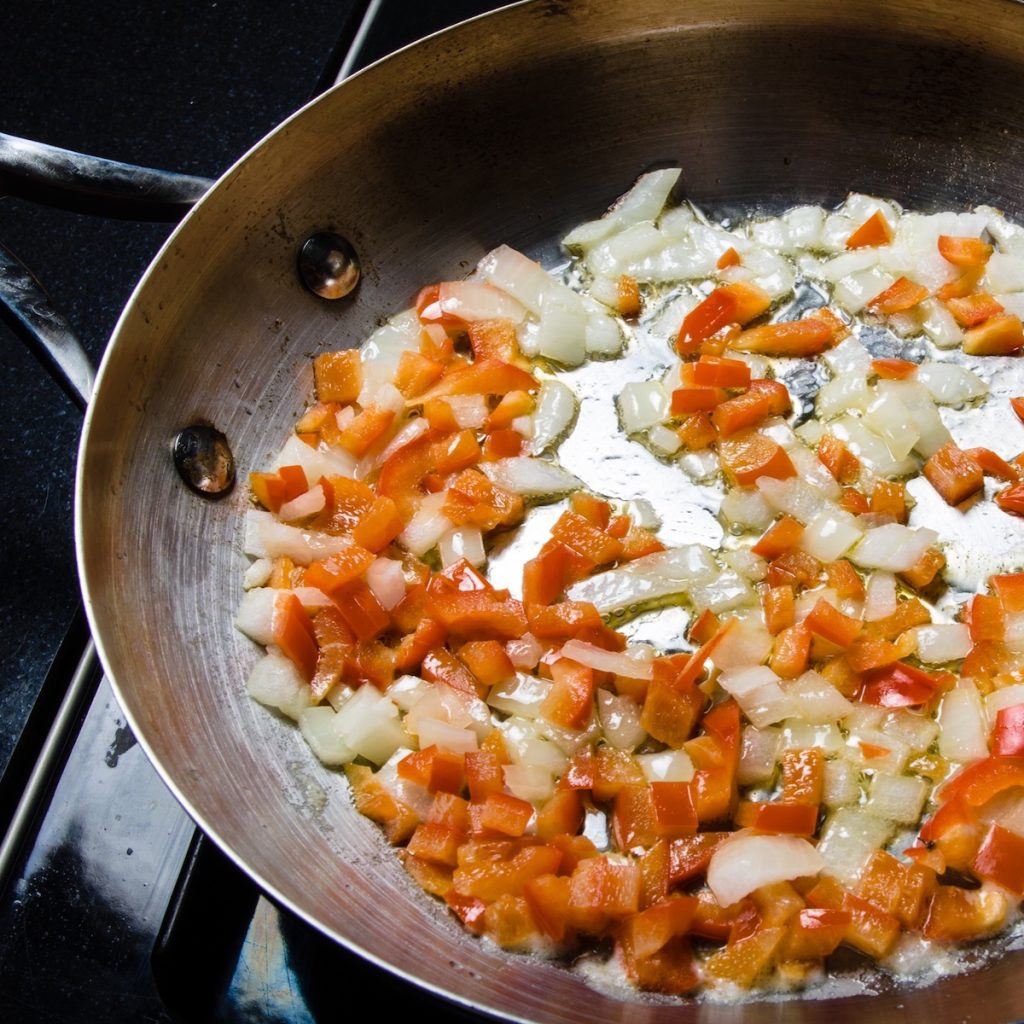
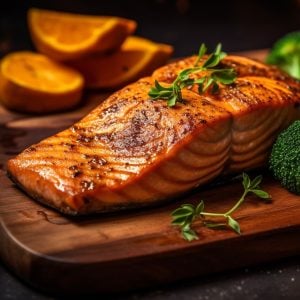
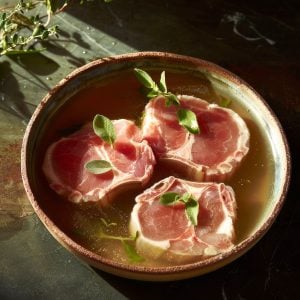
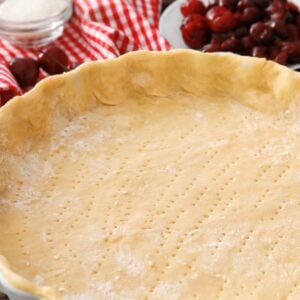
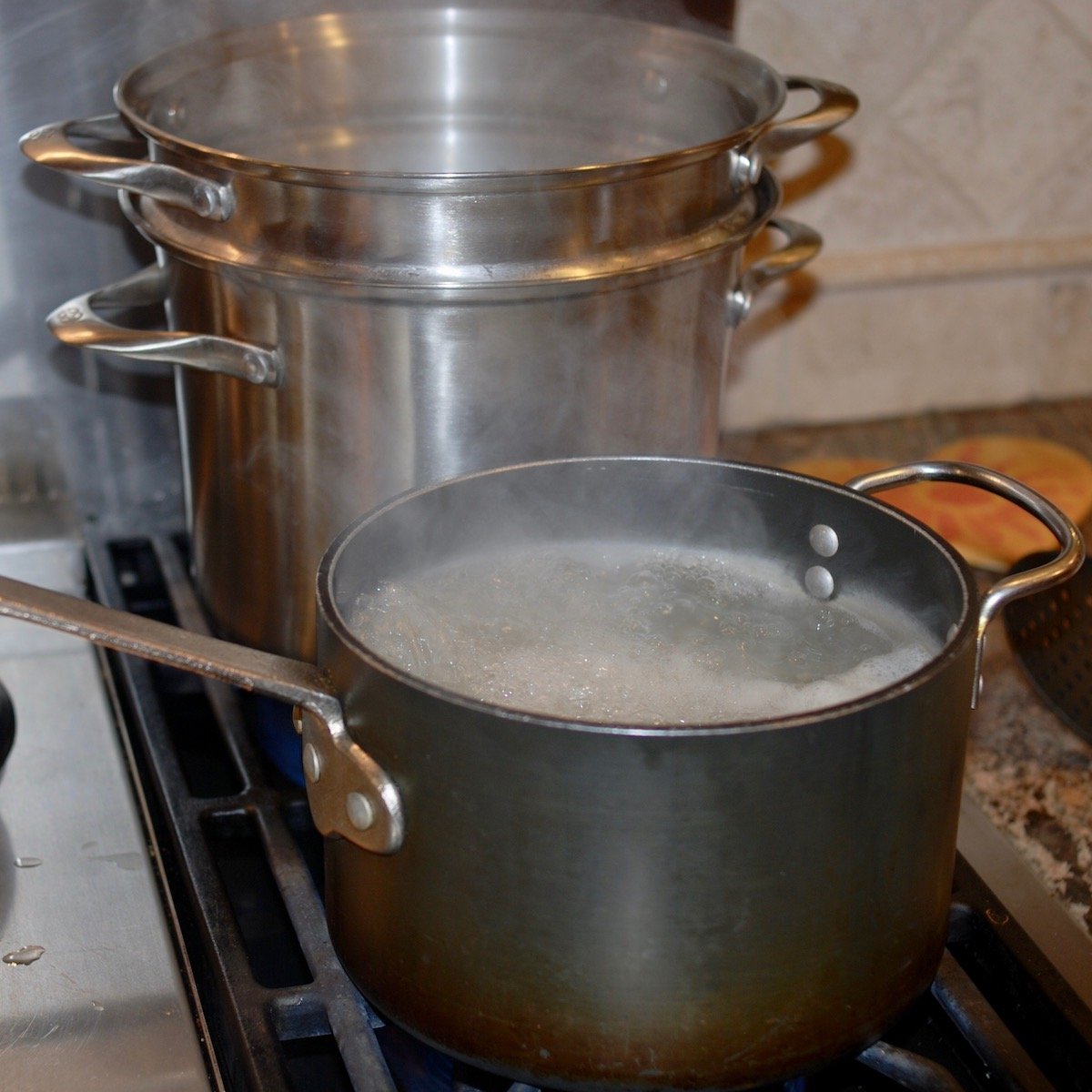
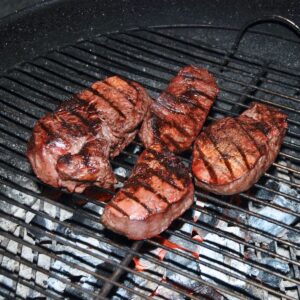
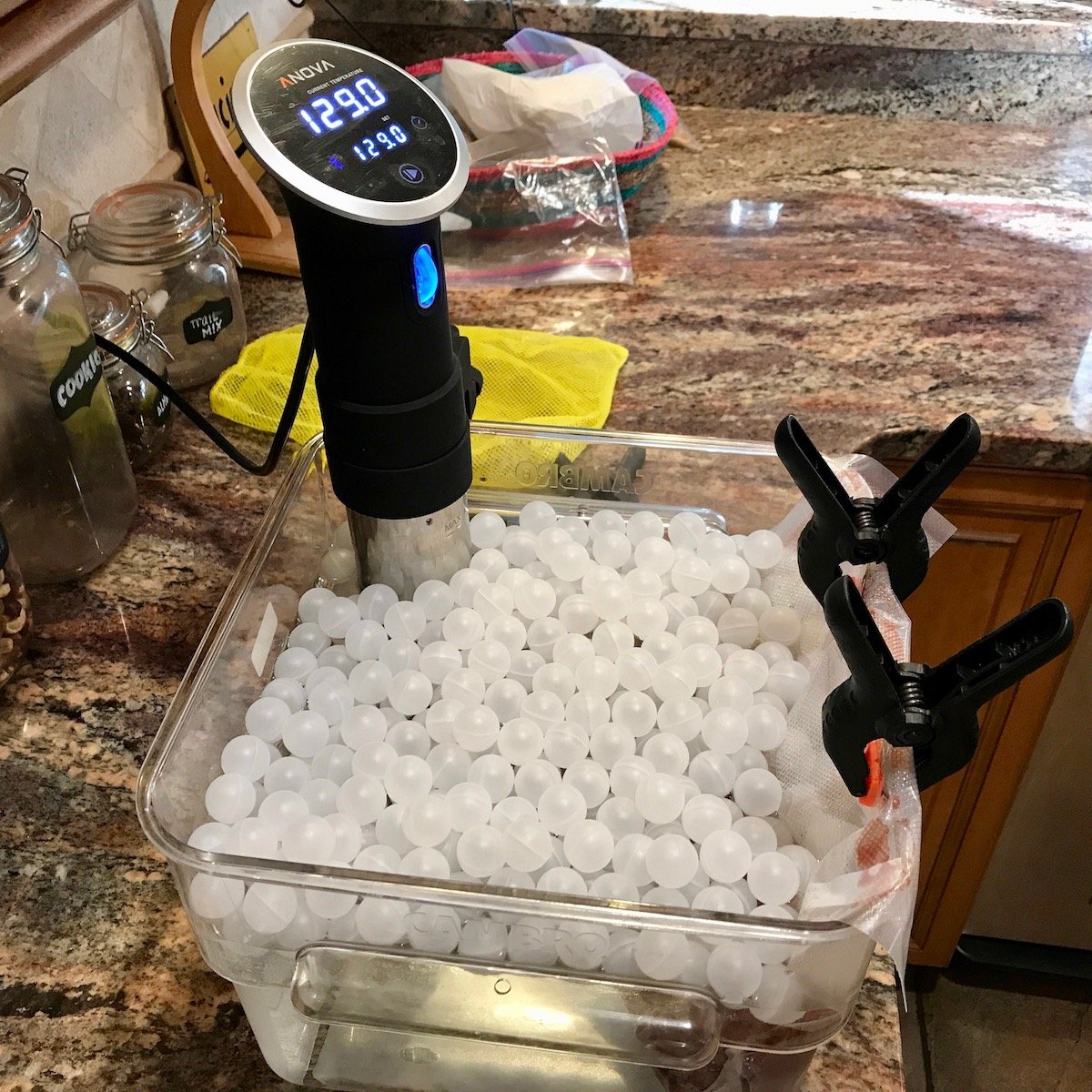
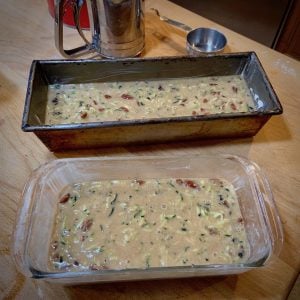
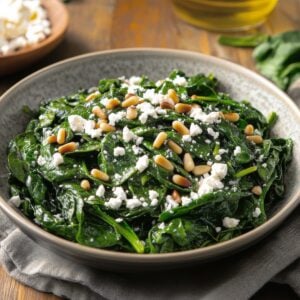



9 Responses
Thanks, that was very helpful.
how do i choose what type of meat if best to saute?
With red meat, only tender cuts can be employed. Because it is a dry heat method, sautéing will make tough cuts of meat even tougher. Thus, you can sauté a filet mignon or strip steak, but never the shank or brisket.
Anyway to tell what temperature your stove is on without a thermometer, cause I have a gas stove and it only goes by low numbers(2-10). I put it on 4 because 6 seems too hot (or maybe I wait too long), but it still steam immediately. Can it also cause steaming immediately if you don’t put enough of fat?
Sharelle, hard to tell without more details but it sounds like what you are cooking is wet. It’s important to dry off any ingredients you are going to saute or they will steam. Also, crowding a pan will cause steaming too.
Really excellent, specific teaching, yet explained well enough for a first timer like me. Tomorrow will be the test and this stuff is Gold!
Many thanks.
Dan
“The Reluctant Gourmet uses a combination of the two. This way I get some of the flavor from the butter and a higher smoking point from the oil.”
You realise that the butter is going to burn to matter how much oil you add to it? It’s the solids in the butter that burn.
Use Clarified butter .
Clarified butter is probably one of the most important ingredients to any chef. You will never find a professional kitchen without an abundant supply of this liquid gold! Except for fast food places. If you removed any ingredients from a saute station, that person could make do with something else. Take away their clarified butter and they walk out!
Using half oil and half butter is an ancient frying technique in some regions of Europe (e.g. in Piedmont). My grandmother always used to fry with half-half; so do I, with exceptions. The butter will NOT burn (unless you neglect it, of course).
Regarding clarified butter: I love it – make it myself (as well as beurre noisette) – but it does not impart he same full flavour that good butter does.